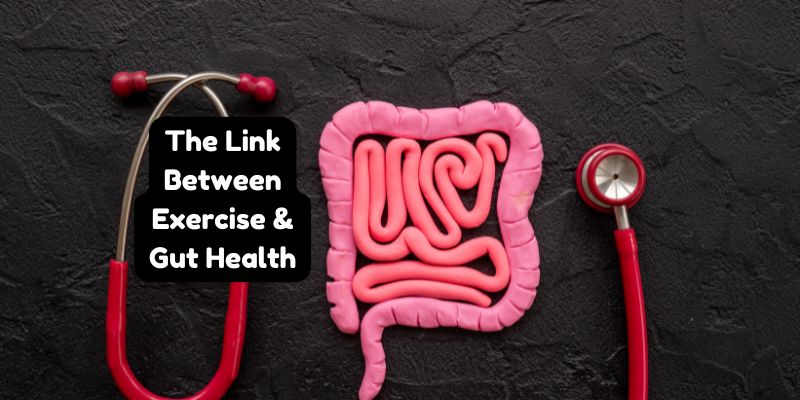A Comprehensive Guide to Treating Lipodystrophy
Lipodystrophy is a rare disease that changes how fat is distributed. This could lead to diabetes, insulin resistance, and heart disease. Lipodystrophy, its causes, signs, and ways to treat it are all talked about in this lesson.

Define lipodystrophy:
Lipodystrophy describes aberrant body fat distribution, resulting in excessive fat growth or considerable fat loss. This disease may cause metabolic issues, including insulin resistance, elevated triglycerides, and noticeable muscles and blood vessels due to diminished subcutaneous fat. Ectopic fat buildup in the liver and pancreas may cause diabetes and fatty liver disease. Thus, lipodystrophy must be understood to manage its symptoms and reduce its influence on well-being.
Different lipodystrophy types
Congenital lipodystrophy is present from birth or early childhood. Fat metabolism genes altered. Genetic differences distinguish congenital lipodystrophy kinds—Late-onset lipodystrophy due to antiretroviral, HIV, and other health concerns. Impaired metabolism or the immune system may induce acquired lipodystrophy.
How things work
Different lipodystrophy causes exist. Mutations prevent fat cell growth, causing congenital forms. Congenital lipodystrophy is connected to AGPAT2, BSCL2, and CAV1 alterations.
The Importance of Diagnosis
Correct assessment is crucial for therapy success. A typical medical exam includes:
- Patient medical history: Past and current problems.
- Exam: Body fat distribution.
- Blood glucose and cholesterol are measured.
- MRI or CT scans show fat distribution.
Diagnostic Criteria
The kind of treatment for lipodystrophy is determined by proper examination. DNA testing for mutations may be required for birth abnormalities.
Imaging Study Functions
MRIs and CT scans may identify body fat. These imaging modalities indicate fat retention or loss to distinguish lipodystrophy types. This information is essential to assess the ailment and arrange treatment.
Treatment Options for Lipodystrophy
Once diagnosed with lipodystrophy, patients may seek tailored therapy. There are several treatments to treat hereditary and acquired lipodystrophy.
- Lipodystrophy may be treated with meteorelleptin, a synthetic leptin. Because fat tissue shrinks, lipodystrophy causes low leptin.
- Meterleptin improves insulin function and lipid composition. According to studies, meter leptin may significantly reduce hypertriglyceridemia and simplify blood sugar management for generalized lipodystrophy patients.
- Meterleptin is injected daily beneath the skin. Healthcare requires frequent dosage testing and adjustment. Injection sites, headaches, and gastrointestinal issues must be monitored closely.
Lipodystrophy may be treated with lifestyle changes and medication. These adjustments may reduce stomach issues.
Dietary Changes
A well-balanced meal may aid digestion. Some diet advice:
- Cut down on sweets and processed foods to control blood sugar.
- Improve fiber intake. Whole grains, vegetables, fruits, and legumes aid digestion and insulin response.
- Good fats: Olive oil, nuts, seeds, avocados, and avocados don't elevate cholesterol.
Meal plans
Lipodystrophy patients must plan meals:
- Controlling meal portions helps manage weight and avoid overeating.
- When to eat: Eating at the exact times daily regulates blood sugar and appetite.
- Staying hydrated is healthy and reduces hunger.
Workout plan
Exercise is necessary for weight reduction and hormonal balance. An exercise regimen should include strength training and aerobic exercises like walking or biking to build muscle.
Recommended Activities
Practices that assist patients in following their treatment programs include:
- Walking, swimming, biking, and jogging are heart-healthy and weight-controlling.
- Strength training: Lifting weights or resistance bands twice weekly builds muscle and increases insulin sensitivity.
- Flexible workouts like yoga and stretching help you move and relax.
Psychological Support
Long-term diseases like lipodystrophy might affect mental health. Therapy requires mental health support. Patients may receive:
- Counseling: Mental health professionals can assist with sadness, anxiety, and body image.
- Help groups: Discussing your issues with others might help you feel better and find fresh solutions.

Importance of Mental Health Care
Mental health impacts treatment compliance and quality of life. Doctors should periodically screen patients for sadness and anxiety and refer them to mental health care.
Supervision and aftercare
Lipodystrophy treatment requires continuous monitoring. Regular checks allow doctors to monitor patients, adjust treatment programs, and detect issues early.
Blood tests frequently
- Monitoring biochemical indicators requires regular blood testing.
- Triglycerides and cholesterol should be monitored regularly.
- Check your glucose levels for diabetes or insulin resistance.
- Liver function tests may detect chemical liver issues.
- To help patients obtain the proper treatment, these diagnostics detect changes early.
Multidisciplinary Approach
Endocrinologists, nurses, mental health professionals, and exercise specialists collaborate to treat lipodystrophy. Each specialist customizes a treatment strategy for each patient based on their health issues.
Coordination Among Specialists
Healthcare personnel must communicate well to coordinate treatment. By routinely reviewing cases, specialists may detect issues early and manage all areas of a patient's health.
New research and plans
Scientists are researching lipodystrophy's causes and treatments. Lipodystrophy is complex and requires a whole-person approach considering genetic and environmental variables. Scientists are discovering fat tissue molecular biology that might revolutionize lipodystrophy treatment.
DNA alterations related to fetal lipodystrophy are good news. If scientists can detect these alterations, they may be able to create drugs that address the illness rather than its symptoms. Precision medicine might improve patient outcomes and quality of life. Researchers are studying genetic variables that may underlie prenatal and acquired lipodystrophy to understand this complex condition better. No one has discovered these variables.
Patient education and advocacy
Self-management requires patient education. Knowing stuff helps individuals make health decisions. If they have all the facts, lipodystrophy patients may follow their treatment programs better. Healthcare personnel provide eating and control handouts and internet resources.
Lipodystrophy advocacy organizations raise awareness and improve patient lives. They advocate for funding for research, healthcare professional training, and community activities that unite individuals with similar issues. Advocacy groups may assist research institutions in executing clinical trials and studies to find new therapies while hearing patients' views.
Conclusion
Lipoatrophy may be treated with metreleptin, lifestyle adjustments, and mental support. This complex condition must be detected early and followed often to be treated properly. New lipodystrophy therapies may improve as research continues.
Understanding lipodystrophy and how to manage it may help patients take ownership of their health. Doctors and patients must create personalized treatment regimens for this ailment. In conclusion, treating this complex illness—medical treatment, lifestyle adjustments, and emotional support—improves the quality of life and reduces risk. More research and patient support will improve therapy for future generations!










